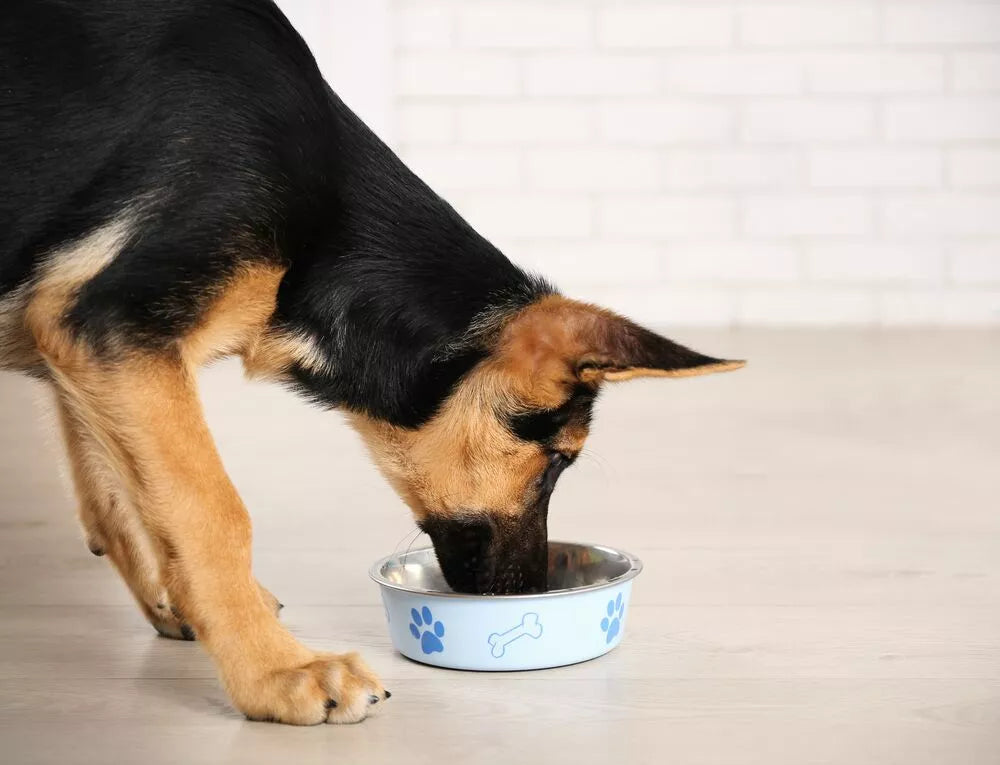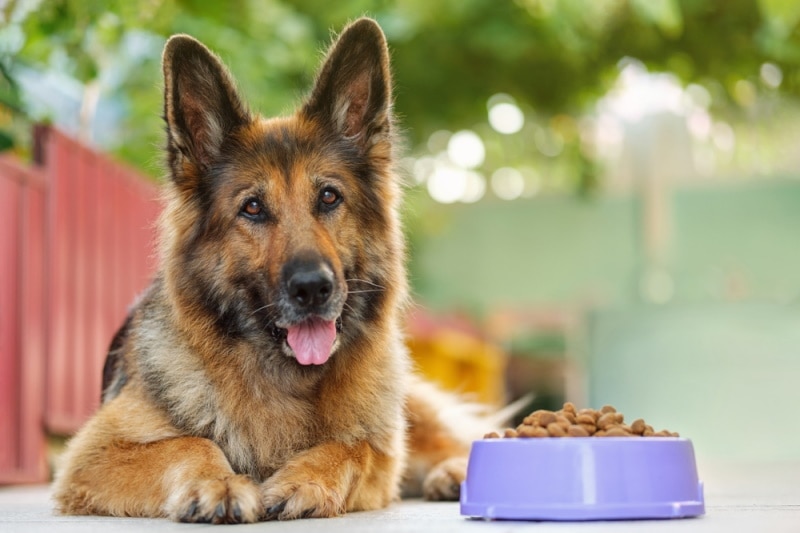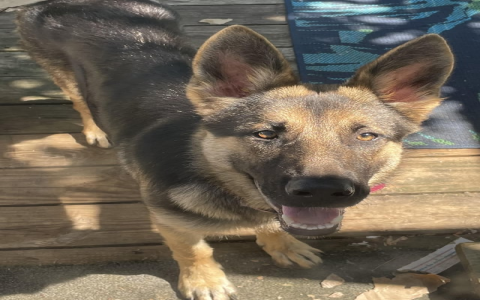Alright, let’s talk about feeding a German Shepherd puppy. When I first got my boy, Kaiser, figuring out how much food he needed felt like a real puzzle. You bring this little fluffball home, and suddenly you’re responsible for, well, everything, including getting his meals right.
First thing I did was check the giant bag of puppy chow the breeder recommended. It had one of those charts on the back, you know? Based on age and weight. Seemed straightforward enough, so I measured out what it said for his tiny little self. He was maybe 8 or 9 weeks old then.

Early Days: Tiny Tummy, Many Meals
I quickly learned that a tiny puppy needs frequent meals. Their stomachs are small, and they burn energy like crazy. So, following that bag chart, I split the total daily amount into three, sometimes even four, small meals. Breakfast, lunch, dinner, and a little bedtime snack. It seemed to work okay at first. He ate it all up, mostly.
But here’s the thing: those charts are just a starting point. Every puppy is different. I started really watching Kaiser. Was he leaving food? Was he licking the bowl clean and looking for more? How was his energy? Was he getting too chubby, or looking a bit skinny?
I remember reading somewhere about feeling their ribs. You should be able to feel them easily without pressing hard, but they shouldn’t be sticking out like crazy. And you definitely don’t want a layer of fat covering them up. So, I started doing the ‘rib check’ pretty often.
Adjusting and Watching: The Real Work
Maybe around 3-4 months old, I noticed Kaiser was sometimes leaving a bit of food after his lunch meal. He was still energetic, poop looked fine (yeah, you gotta watch that too!), but he just wasn’t as ravenous mid-day. So, I slightly cut back the lunch portion and added a tiny bit more to breakfast and dinner. That seemed to balance things out better for him.
Then came the growth spurts. Man, these dogs grow fast! Suddenly, the amount that was perfect last week wasn’t enough. He’d finish his food in seconds and start pacing or looking at me with those big, soulful eyes. That was my cue. You have to be flexible. I’d gradually increase the amount, maybe by a quarter cup total per day, spread across his meals, and watch him for a few days. See how he did, check the ribs, check his energy.
I also stuck with the same high-quality puppy food. Switching foods can mess with their digestion, and the calorie count can be different, messing up your calculations. If you do switch, you gotta do it slowly, mixing the old and new.
Settling into a Routine (Sort Of)
By the time Kaiser was around 6 months old, his growth started to slow just a little, and we naturally transitioned down to three meals a day. Morning, midday, evening. The total amount kept creeping up, though, as he got bigger. Always watching, always adjusting.

Around maybe 9 or 10 months, we moved to two meals a day, breakfast and dinner. This is pretty standard for adult dogs, and he seemed ready for it. He wasn’t desperate for that midday meal anymore.
So, how much should they eat? Honestly, there’s no single perfect answer carved in stone. My experience was all about:
- Starting with the food bag recommendation or vet advice.
- Splitting it into multiple meals when they’re young (3-4 times).
- Watching the puppy like a hawk – energy, body condition (rib check!), appetite.
- Adjusting the amount based on your specific dog’s needs and growth rate.
- Gradually reducing meal frequency as they get older (usually down to 2 meals by around 6-12 months).
- Talking to your vet during check-ups is always a good idea too.
It takes a bit of trial and error, paying close attention. But you get the hang of it. You learn your dog’s cues. Kaiser’s a happy, healthy adult dog now, and we figured it out together. Just takes patience and observation.






